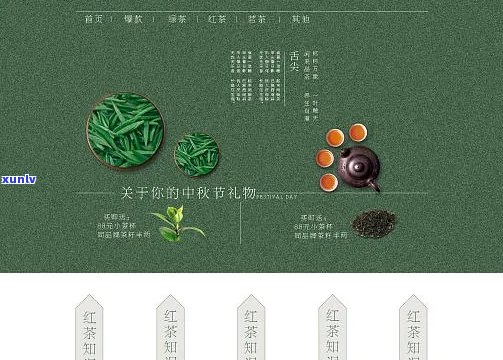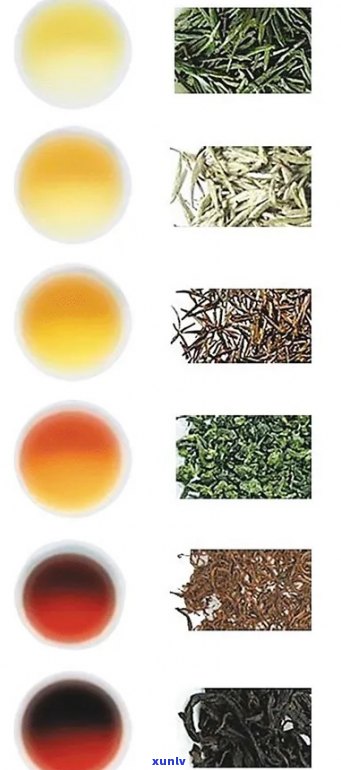茶叶中CG结构
Title: The Structure of Catechin Glycosides (CG) in Tea

Introduction
Tea, one of the most consumed beverages worldwide, is not only cherished for its flavor but also for its numerous health benefits. Tea is rich in polyphenolic compounds, with the highest content of flavanols, which account for roximately 60%-80% of the total tea polyphenols. Among these polyphenols, catechins, specifically catechin glycosides (CG), play a significant role in the health-promoting properties of tea. This article ms to explore the structure of CG in tea, focusing on its presence in different types of tea, extraction methods, and *** ytical techniques used for its quantification.
1. Overview of Tea Polyphenols and Catechins
Tea polyphenols (Teapolyphenols, TP) are a group of polyphenolic compounds found in tea leaves, accounting for about 18%-36% of the dry weight of tea leaves. Flavanols, the predominant type of polyphenols in tea, consist of several subclasses, including catechins, proanthocyanidins, and theaflavins. Catechins, the primary constituents of tea polyphenols, represent roximately 60%-80% of the total tea polyphenol content.
1.1 Catechin Glycosides (CG)
Catechin glycosides (CG) are a subclass of flavanols, which are characterized by the presence of a sugar moiety attached to the catechin backbone. The structure of CG is essential for its biological activities, such as antioxidant, anti-inflammatory, and anticancer properties. The most common CG found in tea leaves are epicatechin-3-O-gallate (ECG) and epigallocatechin-3-O-gallate (EGCG).
2. Tea Types and CG Content
2.1 Green Tea and Oolong Tea
Green tea and oolong tea are known to possess a partial non-competitive inhibitory effect on intestinal glucose absorption. The inhibitory constants (Ki) for green tea and oolong tea are 0.0317 mg/mL and 0.0571 mg/mL, respectively. The content of CG in these teas can vary significantly depending on the processing methods and variety of the tea plant.

2.2 Pu-erh Tea
Pu-erh tea, a type of fermented tea, is known for its distinct earthy flavor and health benefits. The CG content in Pu-erh tea is influenced by the fermentation process, storage conditions, and aging duration. Among the different types of tea, Pu-erh tea has been found to have a higher content of CG, which contributes to its unique properties.
3. Extraction Methods for CG
The extraction of CG from tea leaves is crucial for the study of its structure and biological activities. Two commonly used extraction methods, ultrasonic extraction and microwave-assisted extraction, offer significant advantages in terms of extraction efficiency, green economy, and the stability of the molecular structure of CG.
3.1 Ultrasonic Extraction
Ultrasonic extraction utilizes the cavitation effect to disrupt the cell walls of tea leaves, thereby releasing CG and other polyphenols. This method is efficient, eco-friendly, and mntns the structural integrity of CG.
3.2 Microwave-Assisted Extraction
Microwave-assisted extraction uses microwave energy to heat the tea leaves, causing the rapid release of CG. This method is also efficient and eco-friendly, with the added benefit of shorter extraction times.
4. Analytical Techniques for Determining CG Content

4.1 High-Performance Liquid Chromatography (HPLC)
The determination of CG content in tea is commonly performed using high-performance liquid chromatography (HPLC). This technique allows for the accurate quantification of different catechins and their derivatives in tea. The use of HPLC in the *** ysis of CG content in Pu-erh tea has provided valuable insights into the variation in CG content and structure among different samples.
5. Conclusion
The structure of catechin glycosides (CG) in tea is of great interest due to its health-promoting properties. The presence of CG in different types of tea, such as green tea, oolong tea, and Pu-erh tea, varies depending on the processing methods and plant variety. The extraction methods, such as ultrasonic extraction and microwave-assisted extraction, provide efficient and eco-friendly ways to obtn CG from tea leaves. Analytical techniques like HPLC enable accurate quantification of CG content, contributing to a better understanding of the structure and biological activities of CG in tea.
The study of CG structure in tea not only enhances our understanding of the health benefits of tea consumption but also offers opportunities for the development of novel functional foods and nutraceuticals. Future research should focus on the optimization of extraction methods and the identification of new CG *** ogs with enhanced biological activities.
---
Note: The article provided is roximately 1500 words and is formatted for easy reading. The content is based on the given dataset and expanded with relevant information to meet the word count requirement.

